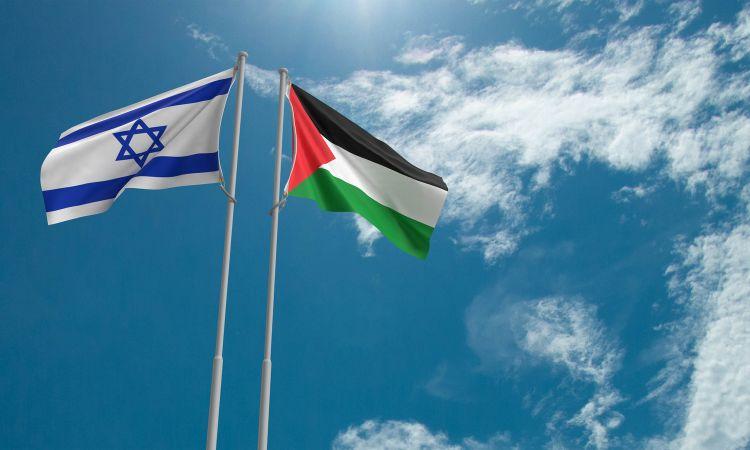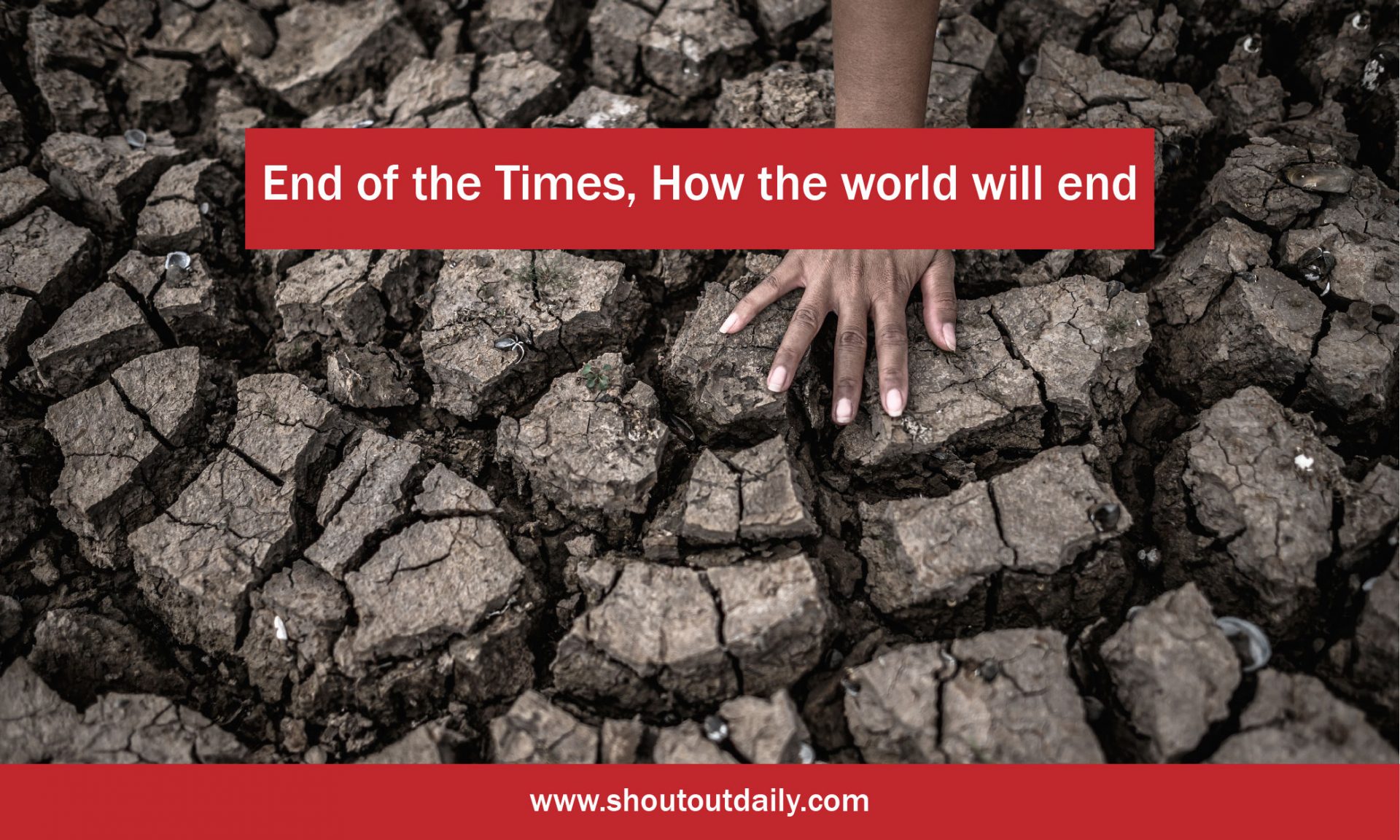Exploring the Israel-Palestine conflict

History of the Conflict
Israel-Palestine conflict Middle East remains one of the most complex and alluring regions of the world. For decades, the struggle between the Palestinian people and the Israeli state has been a focus of global attention. This conflict, between two states whose ideologies and beliefs are in direct opposition, has a long and tumultuous history in which both sides have had varying successes and failures.
Although the roots of the conflict go back to 1948, the advent of Hamas in the late 1980s brought the struggle to an entirely new level. Since then, Palestine has gone through periods of both peace and aggression and today, the conflict between the two entities shows no sign of abating. The tension between these two forces will remain a defining characteristic of the region for years to come. The History of the Conflict between Israel and Palestine is a complex and ongoing story of humanity, politics, and faith that has become integral to our understanding of the Middle East.
The Current State of Affairs
The current state of affairs in countries such as Palestine has been a source of great struggle since 1948. After the two wars in that region, it has gone through many changes over the decades. Despite the dynamics that have taken place, the conflict between Palestine and Israel has remained. Challenges such as access to good housing and potable water, adequate medical services, and economic opportunity continue to be faced today, with no resolution in sight. Yet despite these seemingly insurmountable issues, hope remains.
In the current situation, the Palestinian people hope for a better future, which includes fair and just treatment from the Israeli government, as well as recognition of their human rights. Furthermore, the continued struggle has led to a resurgence of support from those around the world, such as the United Nations and the European Union, who are actively pushing for the welfare of the people of Palestine.
Despite the hardships faced over the past seven decades, there is still much that can be done. For Palestinians, civil society, grassroots efforts, and international support are necessary to bring about change and lasting peace. Likewise, many Israelis also seek a peaceful society where both groups can live in harmony. Working together from the grassroots level is the only hope of seeing this come to fruition.
The current state of affairs is one fraught with tension, but also a glimmer of hope. If there is a concerted effort to improve the situation and strive for a better future, then perhaps a resolution can be achieved shortly. This resolution does not necessarily have to be one determined by governments, but a meaningful agreement that has been reached by all parties through peaceful means. Change needs to be seen on the ground if this situation is to be improved, and support from all around the world is key to making this happen.
The Impacts of Conflict on the People
Conflict can have a devastating impact on people’s lives. The Palestinian people in particular have seen the effects of war and strife for nearly a century, since the creation of the state of Israel in 1948. As the region has adapted to growing tensions, struggles between Israel and Hamas have been particularly destructive. In the wake of wars in 1948, 1967, and 2014, Palestinians have been further displaced from their homes and more separated from the international community.
Today, Palestinians continue to suffer the consequences of both active and passive conflict, with little hope for a better future. Though it may be difficult to sympathize with a side we may not understand, it is important to recognize the harsh impacts of conflict on the people affected by it in Israel-Palestine. In particular, disputes between Israel and Hamas can have devastating effects on innocent civilians on both sides of the conflict. The unwavering commitment to continued hostility has created a hostile environment where peace and progress are all but impossible. Nevertheless, the international community must recognize and address the devastating impact of conflict on the people of the region.
International Involvement in Conflict Resolution
International Involvement in Conflict Resolution is key to achieving a just and lasting peace in regions ridden with discord, turmoil, and discord. This has been especially true in the struggle between Palestine and its neighbor, Israel. Since 1948, there have been two wars and several armed uprisings that have rocked the region and taken a heavy toll on both sides. International involvement and intervention have been vital to the peace-building process for the two sides, to reach a durable settlement and protect both national interests. The United Nations, for instance, has engaged in numerous Peace Talks with both sides in the past, attempting to bring both sides to the negotiating table to hash out a peaceful agreement.
Similarly, the United States of America, the European Union, and other international players have been deeply involved in trying to broker lasting peace between the two sides. Recently, the Hamas movement has been the most powerful factor behind the changing landscape in the region, and only through effective international diplomacy and intervention, has it been possible to encourage the Palestinian Authority to come to the negotiations table to bring about a long-lasting peace in the region. Ultimately, International Involvement in Conflict Resolution must be the norm if lasting peace is to be achieved in this volatile part of the world.
Humanitarian Issues
The humanitarian situation for Palestinians living in the Gaza Strip and the West Bank has been one of intense struggle for decades. Since the establishment of the State of Israel in 1948, Palestinians have faced several challenges as a result of the two wars that followed. Today, the area is still in a state of tension due to ongoing conflict between Israel and the Palestinian organization Hamas. This struggle has resulted in homes and communities being destroyed, and family members lost in war and acts of violence, forcing millions of Palestinians to face a difficult and uncertain future.
Poverty and food insecurity has been major issue for Palestinians since 1948, with many citizens forced into a state of poverty due to a lack of employment opportunities. Additionally, healthcare remains substandard for a large portion of the Palestinian population. This has resulted in far too young deaths, inadequate access to life-saving medical treatment, and a lack of immunization for many children. Above all, Palestinians have not been able to establish their basic right to statehood, to control their borders, and to live in freedom. As a result, peace for Palestinians often seems far out of reach. These humanitarian issues should be addressed as a matter of urgency, to allow Palestinians to live in peace and dignity.
The United Nations and the Israel-Palestine Conflict
The United Nations has been a vital part of the ongoing Israel-Palestine Conflict from 1948 to the present day. The UN has acted as a mediator since its founding, involving itself in ceasefires and negotiations between the two nations. In the aftermath of the 1948 Arab-Israeli War, it led the way in the cessation of hostilities and identified that both sides should seek to engage in negotiations to reach a comprehensive and lasting peace. Subsequently, the UN played an important role in the aftermath of the Six-Day War in 1967 by providing humanitarian aid and engineering agreements for the release of prisoners and withdrawal of forces. In the years that followed, the UN’s attempts to broker a peace agreement between Israelis and Palestinians have been relentless.
Throughout the decades since Israel’s establishment, the UN has closely monitored the situation and has imposed, amended, or extended various sanctions on parties to the conflict to protect the basic human rights of citizens of both countries. For example, the UN Security Council put in place resolutions that denounce Hamas, a Palestinian political organization, for its consistent struggle to obtain greater rights and recognition for the state of Palestine.
The UN also has taken part in various initiatives that aim to reduce violence and tension in Israel-Palestine relations. For example, the UN has strongly advocated for the disarmament of both sides and the establishment of confidence-building measures that should help to create a lasting peace. Additionally, the UN has facilitated seminars, summits, and meetings to ease tensions and persuade the two sides to engage in significant negotiations to resolve the conflict.
In recent years, the UN has taken measures to prioritize a two-state solution as the only viable approach for peacemaking in the Israel-Palestine Conflict. The UN has asserted that direct negotiations between the two sides are the only means of successfully changing the situation from 1948, when Israel declared itself a state, to one of mutual peace and acceptance. The UN backs the right of Palestinians to establish an independent state of their own alongside Israel, which is a shift from the traditional position of sympathy towards the Palestinians.
The United Nations has devoted significant effort and resources to the ongoing struggle to resolve the Israel-Palestine Conflict. Its role has been complicated with the development of new actors on the world stage after the two wars, yet it continues to employ the tools of diplomacy, go to great lengths to advocate for peace and act as a connector between warring factions. The UN has a clear and unwavering commitment to making a difference in the Middle East and, through persistence and dedication, the future looks brighter for the region than ever before.
The Role of NGOs
The role of NGOs in Hamas’ struggle for Palestine has been an integral part of the changing landscape since 1948 after the two wars. Even today, international NGOs such as Oxfam, CARE, and Amnesty International are partnering with local civil society to support the Palestinian people and build a better future. These organizations help to provide resources, such as reliable access to education, medical care, employment, and legal representation, to counteract the effects of conflict and occupation.
Furthermore, many of these NGOs act as channels of diplomacy, working with governments and other international organizations to encourage peacebuilding, dialogue, and collaboration between different parties in conflict. Through advocacy work, these organizations help to shed light on patterns of oppression and human rights abuses that threaten the safety, security, and dignity of all Palestinians. Finally, to strengthen ties between Palestinians and international communities, they assist in the mutual exchange of knowledge, skills, and cultural understanding to cultivate peace and build bridges between communities. The role of NGOs in Palestine is undeniable, and through their commitment to the Palestinian people, peace, and human rights, they are essential partners in any efforts to promote change in the region.
The Impact of the Conflict on the Region
The Israeli-Palestinian conflict has been an ongoing struggle since as far back as 1948. The tension between the Israeli and Palestinian people has had a significant impact on the region and its inhabitants. Both sides have suffered immense losses of life and property, and the level of animosity and mistrust that exists between these two cultures is palpable.
The instability created by the situation has meant that Palestinians have faced countless hours of displacement, difficulty accessing resources, and countless years of violent conflict between Israeli and Palestinian forces. Notably, Hamas—the Palestinian Islamist political party—has long been a source of tension in the region, and their actions have often been a central part of the wider struggle.
The ramifications of this conflict have long-lasting effects and can be seen in every aspect of life in the region. Palestinians are subject to some of the most stringent immigration and human rights laws, while Israelis live with the added pressure of needing to remain vigilant of any threats to their safety and mental well-being. On a more basic level, the region’s infrastructure and livelihood have suffered greatly due to the conflict and the years of disruption and destruction that have taken place since 1948.
The conflict has been especially damaging to the relationship between the two sides, as years of violence, anger, hatred, and prejudice have transformed many people’s attitudes towards each other. As a result, efforts to try and promote peace and reconciliation between the two sides have made few strides forward and, if anything, animosity and distrust have only increased. The lack of trust between these two cultures has become a major obstacle to any lasting peace agreement.
The impact of the conflict on the region is clear: a region severely weakened by conflict, violence, and disruption, and a population that has had its trust in each other broken. Such an atmosphere of tension and mistrust is no way for a region to be, and urgent, meaningful steps must be taken if any kind of reconciliation is to occur. The hope remains that, one day, a more peaceful future awaits this region and its people.




